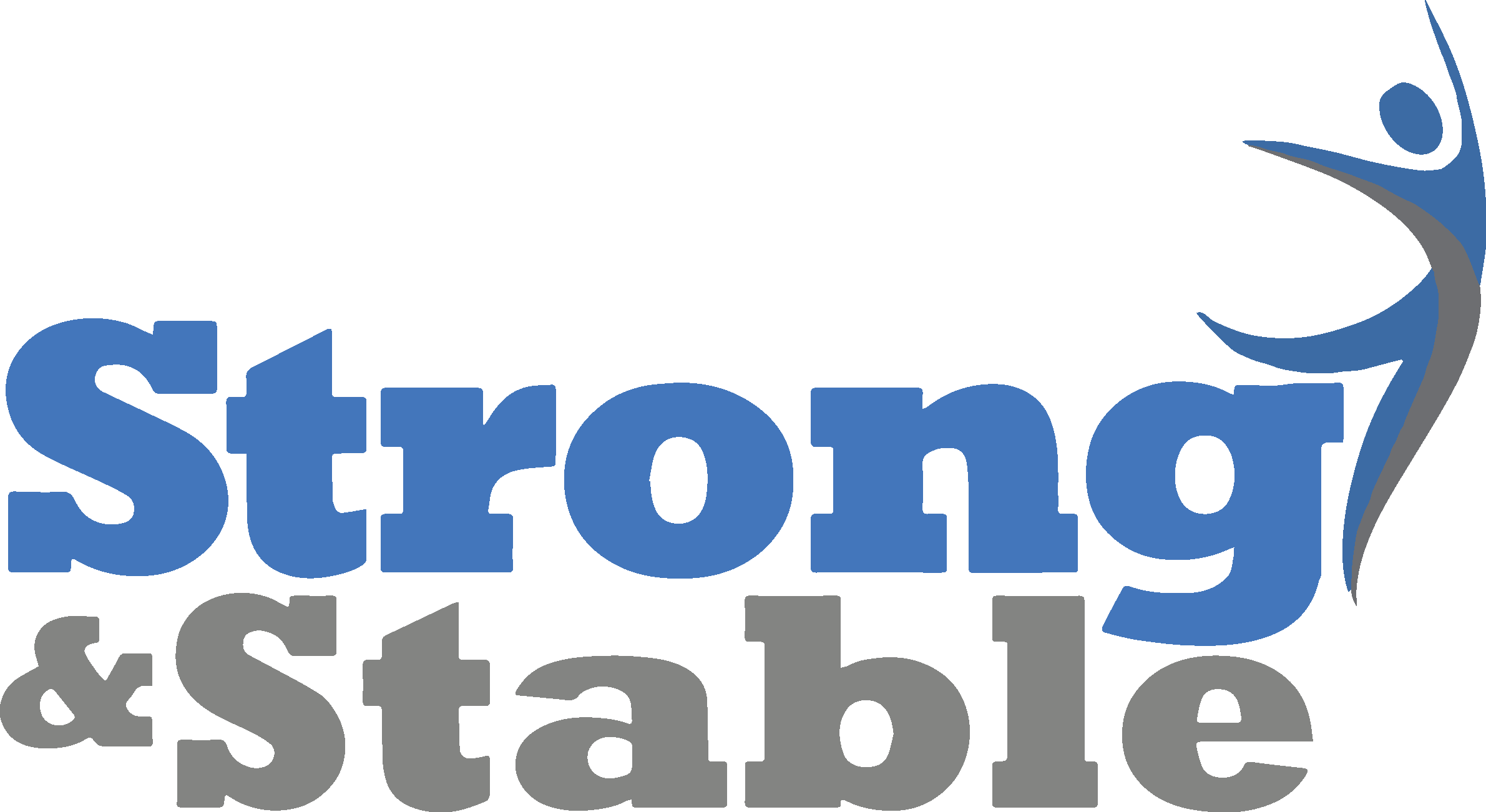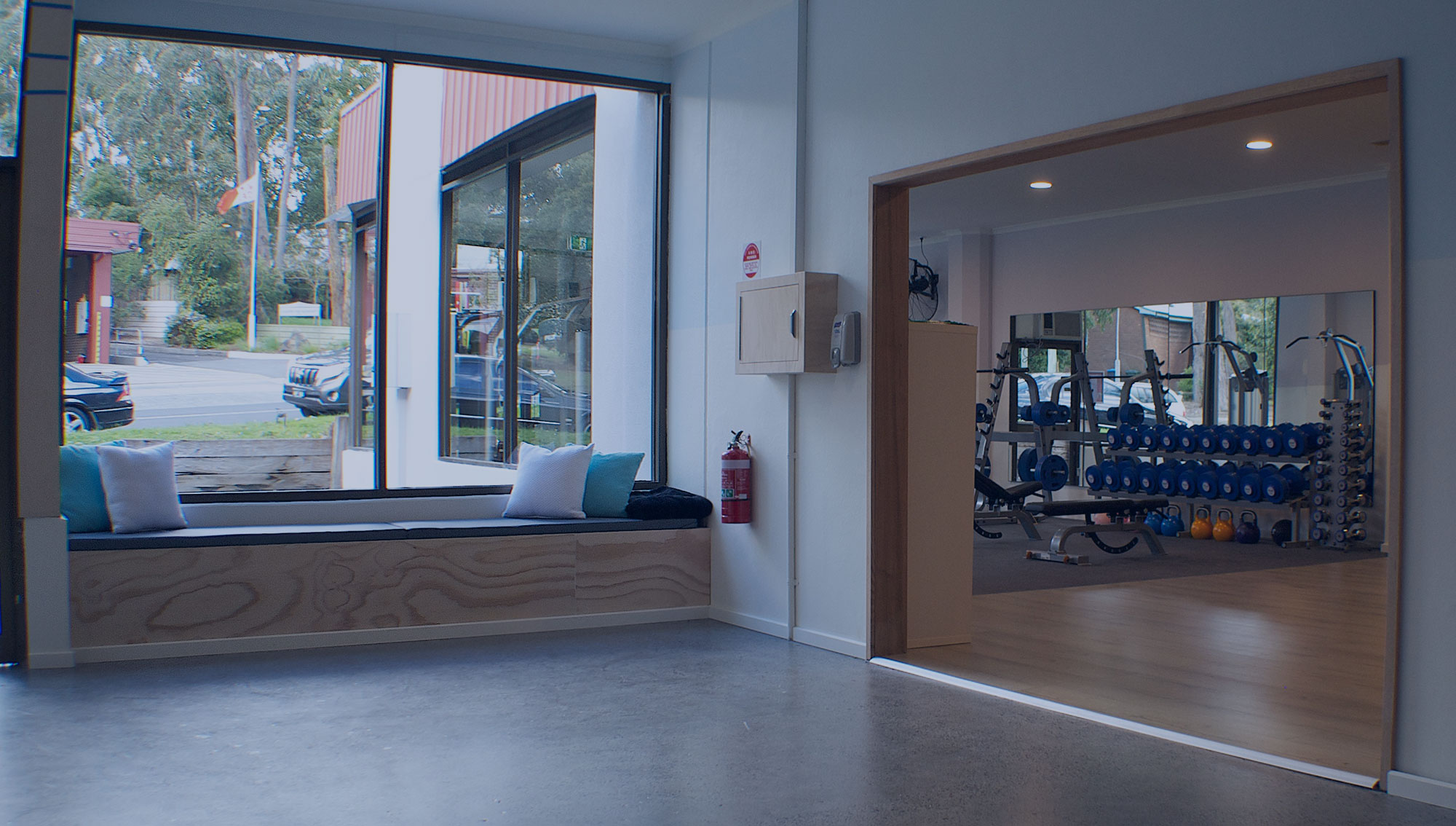21 May Axillary Web Syndrome (Cording) – What is it and how to manage it
Written by Nicole Marlow (Accredited Exercise Physiologist)
Axillary web syndrome (also known as cording) can occur in the days, weeks or in some cases months following a mastectomy, axillary surgery or clearance. It is believed to be caused by the trauma to the connective tissue that encases the blood vessels, lymph vessels, nerves and muscles in the axillary (armpit).
This trauma creates tension which clients often describe cording as a ‘tight band running down from the armpit into the inner arm’ and is often identified when moving the arm overhead where a visible cord/band can be seen
How can an Exercise Physiologist help
An Exercise Physiologist can assist in the development of a suitable mobility exercise program designed to resolve and treat the cording. An initial assessment is conducted to gather all relevant information regarding your treatment and recovery and a mobility-based home exercise program is prescribed and demonstrated. For best results the programs are best to be performed daily and regular reviews with your EP are encouraged to monitor progress and gradually increase your exercise.
Treatment methods for cording
There are a number of different methods used to treat cording, depending on the severity of the cording a client may require one or all of the following treatments;
-
- Mobility exercises to improve the tissue health in the axillary (armpit), thoracic (upper back), pectorals (chest), biceps, triceps and forearm, a few examples are shown below
- Massage
- Laser treatment from a lymphoedema practitioner


Fortunately for most clients with a few sessions of exercise, massage and laser if required, their cording resolves, however it is recommended that all clients with a history of cording continue to regularly practice their mobility exercises to prevent any further issues in the future.
How can an Exercise Physiologist help
An Exercise Physiologist can assist in the development of a suitable mobility exercise program designed to resolve and treat your cording. At the completing of your initial appointment you will have been instructed on how to complete your individually tailored exercise program and be asked to completed in an intensive block of daily exercises for a prescribed period of time, e.g. 2 weeks. Following this you will be asked to attend for a review to check the progress and increase your exercise program as able.
If you are interested in further information on how Exercise Physiology at Strong & Stable can help you please call us on 9762 0976.
References
1. https://www.cancercouncil.com.au/breast-cancer/after-cancer-treatment/cording/
2. http://www.breastcancer.org/treatment/side_effects/aws


Sorry, the comment form is closed at this time.